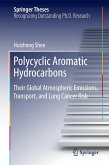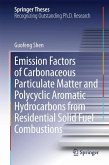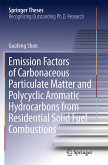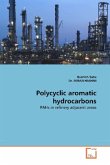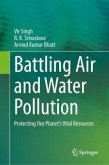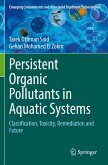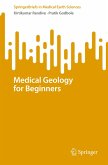This book explains the latest research on global environmental pollution and health effects caused by polycyclic aromatic hydrocarbons (PAHs) and their derivatives.
The volume editors motivation to edit this book is that vehicles are no longer considered the main cause of urban air pollution. This volume consists of five parts to show the facts as follows: the global primary energy consumption pattern is changing from oil and coal to nuclear energy, solar energy, wind energy, and so on. Biomass fuels have also garnered remarkable attention. Additionally, forest fires, exacerbated by global warming, have spread. As a result, global pollution is shifting from developed to developing countries, from urban to suburban areas, and from outdoor to indoor environments. Emerging evidence suggests that health risks caused by PAHs and their oxidative derivatives, including nitro-PAHs (NPAHs), along with fine particles (PM2.5) are related to not only cancer but also to other diseases. This book also reviews methods for biomonitoring and a source contribution analysis.
This book s main target readers are researchers including administrative, but it shares the most recent and useful information for also graduate students, researchers in industries and undergraduate students.
The volume editors motivation to edit this book is that vehicles are no longer considered the main cause of urban air pollution. This volume consists of five parts to show the facts as follows: the global primary energy consumption pattern is changing from oil and coal to nuclear energy, solar energy, wind energy, and so on. Biomass fuels have also garnered remarkable attention. Additionally, forest fires, exacerbated by global warming, have spread. As a result, global pollution is shifting from developed to developing countries, from urban to suburban areas, and from outdoor to indoor environments. Emerging evidence suggests that health risks caused by PAHs and their oxidative derivatives, including nitro-PAHs (NPAHs), along with fine particles (PM2.5) are related to not only cancer but also to other diseases. This book also reviews methods for biomonitoring and a source contribution analysis.
This book s main target readers are researchers including administrative, but it shares the most recent and useful information for also graduate students, researchers in industries and undergraduate students.


